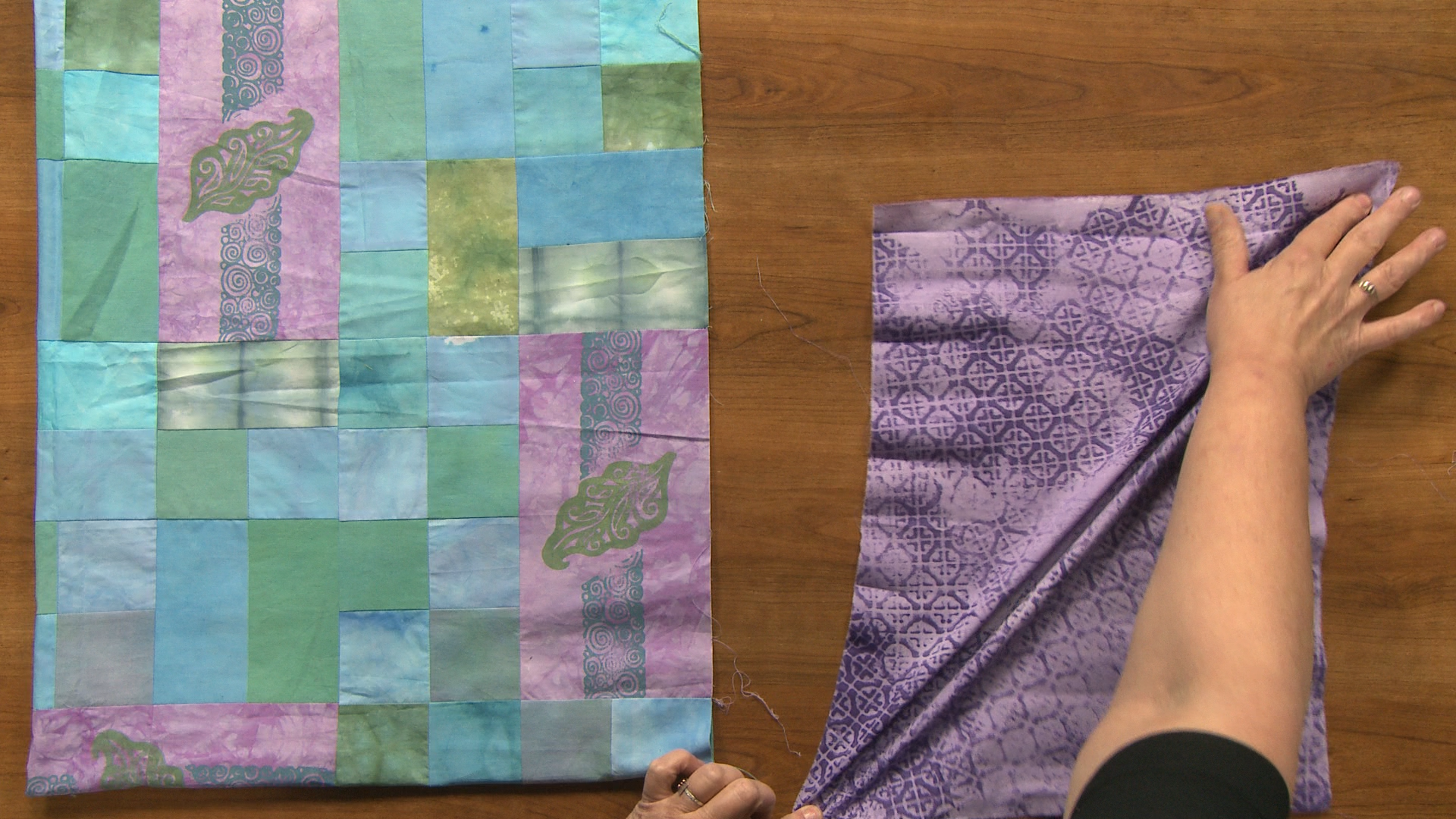
Understanding the Importance of Fabric Grain in Quilting
Heather Thomas
Learn when and why fabric grain matters in your quilting projects. Heather Thomas explains what pieces need to be cut on a straight of grain, what pieces don't, and how fabric grain can affect the outcome of your quilt.
Understanding Fabric Grain
When it comes to cutting out pieces for your next quilt, there are different fabric grains that the pieces can be cut out on, making them either on the straight of grain or on the bias. Straight of grain is either parallel or perpendicular to the selvage edge of a fabric and is where the fabric has the least amount of stretch. The bias is on a 45-degree angle to the selvage edge and is where the fabric has the most amount of stretch. Typically, quilters cut fabric strips on the bias when they are intending to have a piece stretch slightly, for example when learning how to make a bias binding.
Heather demonstrates how much stretch a piece of fabric can have on each of the grains. Heather then explains that when it comes to piecing a quilt, whether the pieces were cut on a straight fabric grain or not doesn’t really matter. However, if your quilt is made up of many very tiny pieces, having them cut on the straight of grain can make them easier to work with.
Quilt Borders and Fabric Grain
After explaining why all quilt pieces do not need to be cut on a straight fabric grain, Heather explains several areas where making sure your fabric isn’t cut on the bias is important. The first of these areas is the quilt border. Heather explains that quilt borders are meant to provide some stability to a quilt and therefore you do not want that fabric to stretch at all. The second area where having pieces cut on a straight fabric grain is important is when you are piecing a quilt with blocks set on point where set in triangles will be needed.